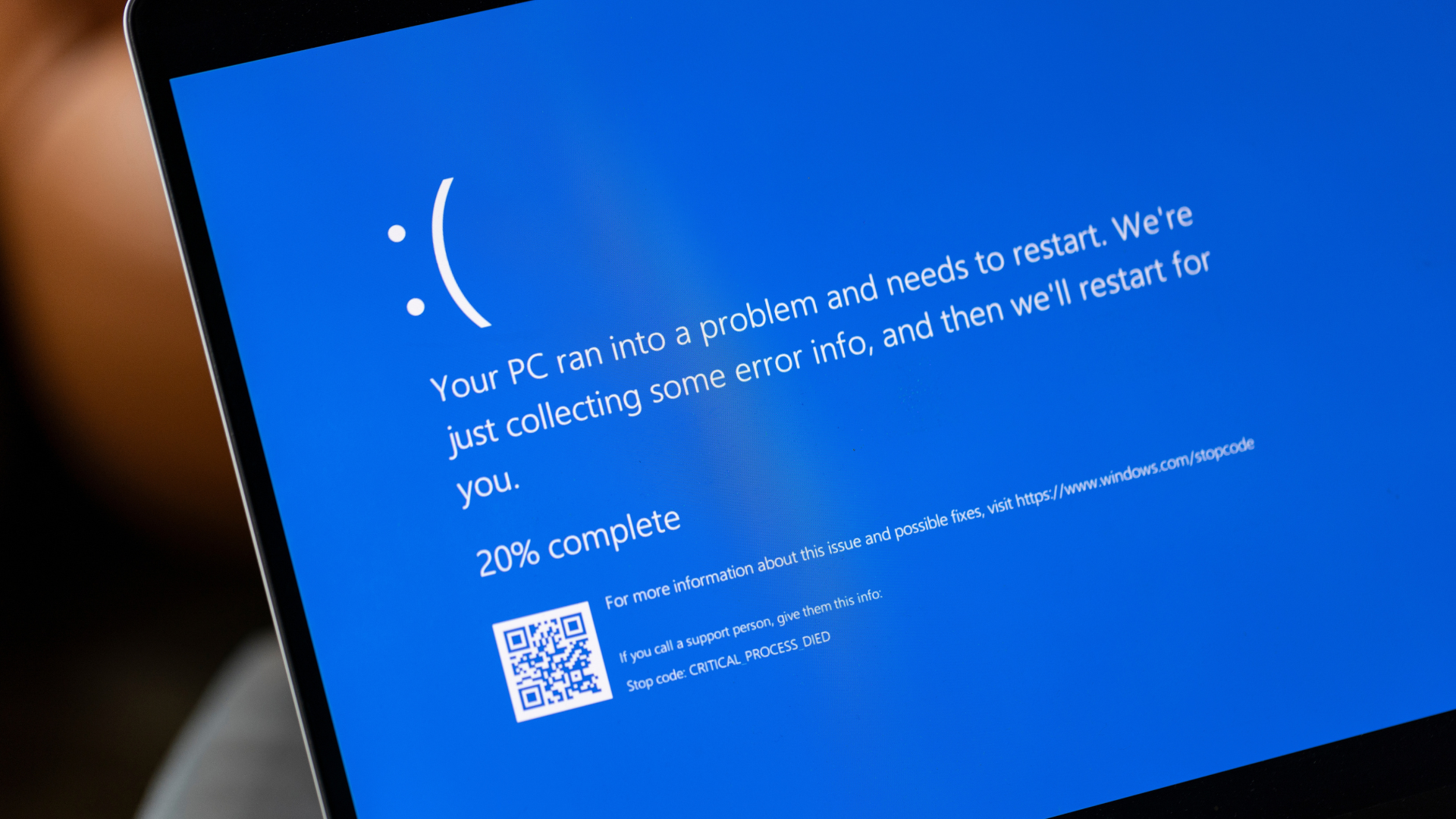Microsoft’s iconic Blue Screen of Death (BSOD) is dead after 40 years. RIP to the most panic-inducing screen a Windows user can encounter. Now, get ready to fear the Black Screen of Death.
In a blog post on its website today, the company revealed it’s ready to go live with an error screen redesign it’s been testing since March. In an update to all Windows 11, version 24H2 devices coming “later this summer,” the BSOD will finally be put out of its misery.
It’s likely to be a bittersweet moment for Windows users, who will undoubtedly have mixed feelings about the warning’s fate. Despite its ominous name, getting a BSOD wasn’t always as serious as it seemed—a simple crash could trigger it, and restarting could easily fix it. It could be worse than that, too, but in many cases, the old BSOD simply added a bit of personality to the most annoying interruptions to your workflow. Especially in recent years, when you would see a sideways frowning emoticon alongside your error message.
But sometimes, personality isn’t what you need, especially when you’re already stressed out about your computer encountering a serious error. Businesses and travelers alike were bombarded with a particularly unsolvable Blue Screen of Death during last year’s extended Crowdstrike outage, so it makes sense why Microsoft might want to move away from any association with it.
Credit: Microsoft
Enter the new Black Screen of Death. Looking more like other Windows error messages, this is a simple black screen that says, in white text, that “Your device ran into a problem and needs to restart.” Below that is a progress counter, alongside your error code and which process triggered it.
“The updated UI improves readability and aligns better with Windows 11 design principles,” Microsoft Vice President of Enterprise and OS Security David Weston said in today’s blog post.
I’ll agree that it’s arguably a bit less ominous then the current BSOD, which spends a lot of screen space on that big frowning emoticon, and used to say “Your PC ran into a problem that it couldn’t handle” before anything else. Personally, I think the new approach might better reflect most situations that might trigger a BSOD—they’re usually not as scary as they seem. Plus, the old error screen didn’t actually tell you which process failed, so seeing that on its replacement is a nice bonus (it would occasionally show a QR code, but I often couldn’t get it scanned before my computer restarted).
Still, part of me will miss the old Blue Screen of Death, in the same way I miss the Red Ring of Death that claimed my first Xbox 360. Stockholm syndrome, I suppose?
At any rate, Microsoft says that when it releases the new Black Screen of Death (not the official name for the error message, but neither was “Blue Screen of Death”), it will also release a new Quick Machine Recovery feature, which will help you access PCs that can’t restart normally. In other words, the company is trying to make sure we won’t get another Crowdstrike incident anytime soon. And if we do, it’ll hopefully make us feel a little less blue.
